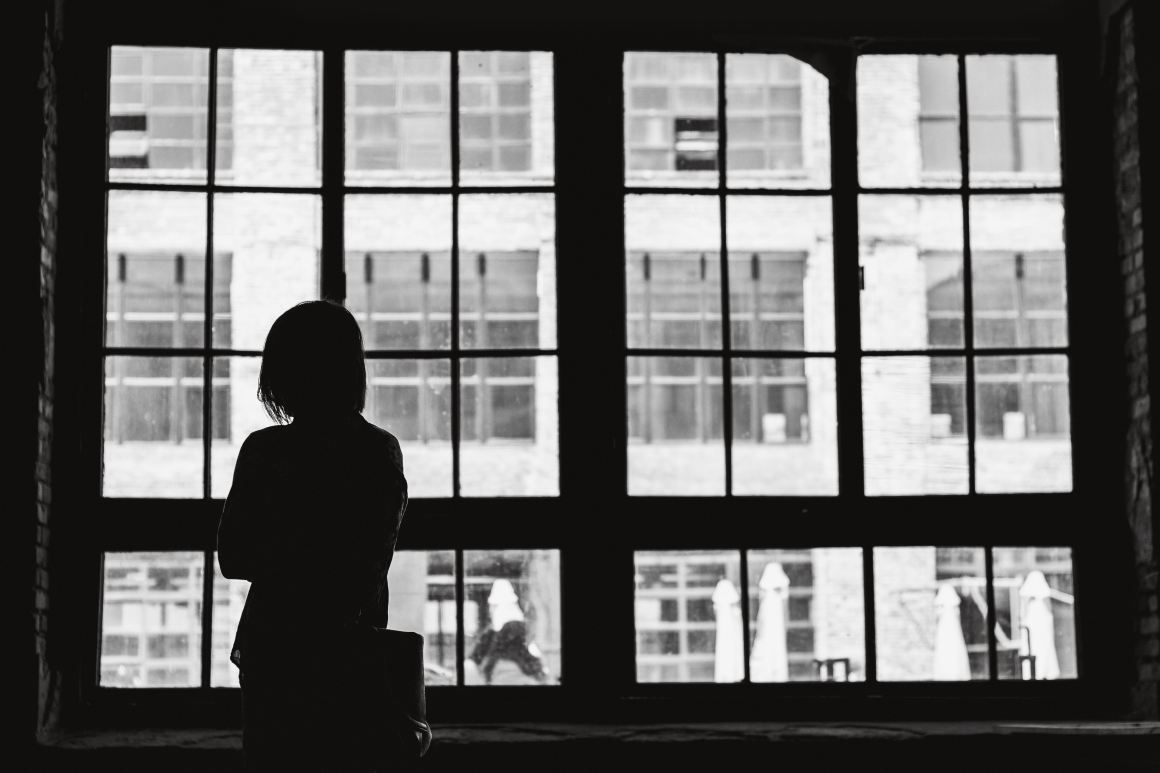Amy, a domestic violence survivor and disabled veteran of the Iraq War, did everything in her power to protect her son. Her abuser—who threw her off a third-floor balcony and nearly ended her life multiple times—is also her son’s biological father.
In 2012, Amy’s abuser, Terrance, kidnapped their four-year-old son from daycare and broke into Amy’s rental home in Texas, where he assaulted her. Two weeks after the kidnapping, a stranger dropped Amy’s son back off at daycare with a burn on his face. To this day, Amy has no idea who returned her child. Terrance was arrested and later convicted of domestic violence assault, burglary, and violation of a criminal no-contact order. The Texan court hearing the case granted Amy full custody and cut Terrance off any access to his son, which is rare even in situations where domestic violence is present. But for Amy and her son, the terror wasn’t over.
Later that year, Amy and her son moved to Washington state for safety. Both of them were suffering from post-traumatic stress disorder (PTSD), and—partially because Terrance failed to pay any child support—Amy struggled to find affordable health-care coverage. In desperation, Amy reached out to Washington’s Department of Social and Health Services for help. Her son’s severe PTSD, caused by his father, was manifesting in violent outbursts, and Amy knew that he needed trauma-informed treatment. DSHS didn’t provide any support; instead, it took her son away and placed him in foster care for almost 18 months.
Amy’s story is one of hundreds of cases across the country where children are removed from the custody of a parent who has suffered from domestic abuse at the hands of a partner. The logic follows that parents who are moving through the trauma of abuse—whether it’s the abuse itself, or the subsequent recovery—are somehow neglecting their children and failing to protect them from the circumstances of the abuse itself. Despite being victims, parents are further victimized by the systems that are supposed to protect them.
“The state suggested that she was an unfit parent because she was a victim of abuse,” says Sara Ainsworth, a lawyer from Legal Voice, a progressive feminist organization in the Northwest. “Instead of accommodating her disability like the law requires, the state used it as a reason to take away her son for no valid reason.”
Now, four years later, Ainsworth and Molly Terwillger, another attorney from Legal Voice, are suing DSHS for their “unjust and unconstitutional” response in Amy’s situation.
Amy’s experience isn’t an uncommon one. In 2004, a federal court ruled that New York’s Administration of Children’s Services was wrongfully taking children from mothers who were victim of domestic abuse, claiming that any harm their children suffered was “neglectful” and a “failure to protect.” On October 26th, 2004, the New York Court of Appeals unanimously agreed that a mother’s inability to protect a child from witnessing abuse isn’t “neglect,” and cannot be justified as a reason to remove children from their homes. Yet draconian policies that often blame victims of abuse still persist.*
Ainsworth, who worked as a family law attorney for domestic violence survivors, believes that victim-blaming has become a knee jerk response for a variety of systems throughout the country—not just in child welfare or family court—due to “deep-seated misogyny in our culture” and a failure to understand the dynamics of abuse.
“I think [victim-blaming] is also based in fear,” she says. “It’s the same reason rape victims are blamed for what they wore. Everybody who is scared of being a victim wants to distance themselves from people who have been victimized.”
In Washington State, there are laws that require child welfare agencies to make reasonable efforts to keep families together. In 2010, with the help of domestic violence advocates, Washington State DSHS released the Social Worker’s Practice Guide to Domestic Violence, which consists of policies on how social workers should work with victims. The guide advises social workers to conduct specialized domestic violence assessments on how to provide support and keep the family safe rather than taking the child away from their non-offending parent.
Ainsworth explains that taking a child away from a non-offending parent, who is typically their most stable support, can exacerbate trauma and re-victimize survivors.
“What we know from research is that it’s harmful for children to be removed from the victim-parent with whom the child is aligned,” she says. “We know that children blame themselves and they fear for the safety of their parent from whom they are taken away.”
Because child welfare and family systems are overwhelmed, training on these protocols can fall to the wayside, which is what might have happened in Amy’s case.
“Training is available for those who seek it out but it’s not necessarily mandated,” Ainsworth says. “If people don’t have time to really understand [domestic violence], learn it, review it, get trained on it, that [can be] part of the problem.”
Amy and her son are safe. Ainsworth and Terwillger are hopeful that suing DHSH will not only bring justice to Amy and her son, but also hold DSHS accountable for their unlawful response and invoke institutional change in the way the child welfare system addresses domestic violence and treats both survivors and their children.
*Update—March 6th, 2018: The details around the 2004 federal court ruling have been updated.




